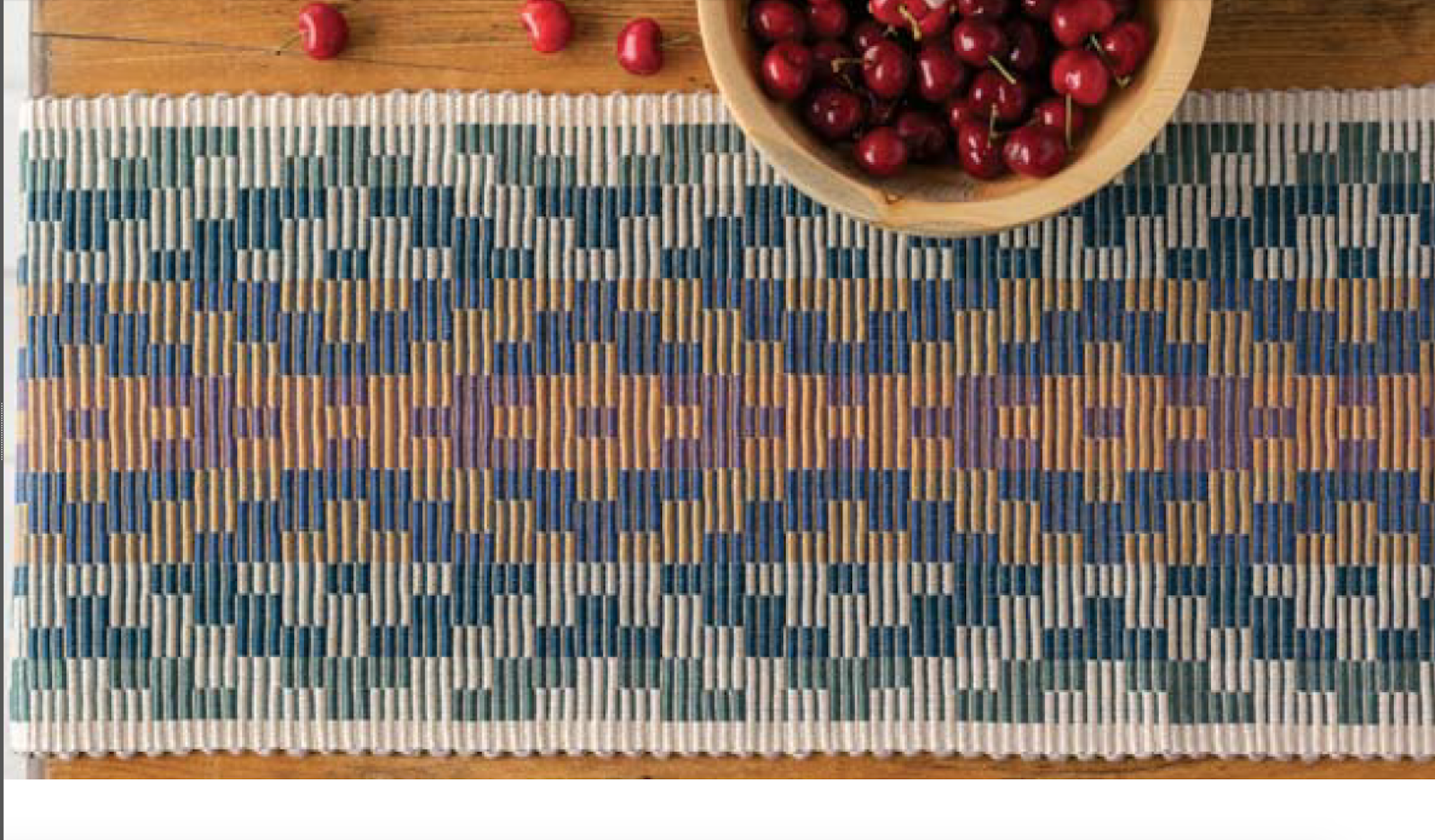While I love every issue of Handwoven I work on, the one I look forward to the most each year is the March/April issue. Why? Because this is the issue where we ask our wonderful contributors to send us weaving inspired by textile traditions from around the world and throughout time. I love seeing the different ways in which the theme is interpreted: some weavers creates pieces using traditional techniques, colorways, and patterns while others take inspiration from these patterns and colorways to create pieces to design wholly original pieces of cloth. I like to think of the latter as “fusion weaving.”
This particular issue always reminds me how grand it is to be a weaver in this day and age. Not only do we have access to wonderful resources such as the Ralph Griswold Archives on handweaving.net where we can discover many truly wonderful historic and international weaving books, but we can also view handwoven cloth from around the world with a click of our mouse. We can also connect with weavers around the world with similar ease, trading drafts, tips, and stories. Just as many of us may incorporate what would have been considered specialty “international” items in our cooking without a second thought from soy sauce to couscous to curry powder--I personally remember a time when my parents would have to drive to the Italian neighborhood known as The Hill in St. Louis because decent olive oil was not available at our chain grocery store--weavers incorporate aspects of international weaving into their pieces with similar instinct.
Amanda Robinette uses the Japanese rag-weaving technique known as sakiori to put thrift store silk clothing to good use and Peg MacMorris uses the shibori technique to create a beautifully textured scarf that calls out to be touched. Sarah H. Jackson takes the traditional palette used in many Indian textile and combined it with the very western weave known as bumberet to create the set of beautiful towels found on the cover. Happy Weaving! Christina ARTICLES FOR YOU | ||||||||||||||||





